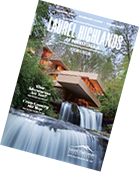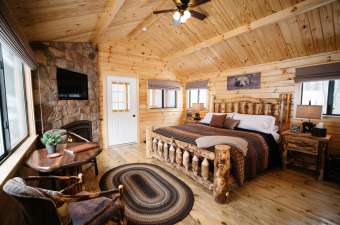The Australian: by James R. Hagerty
As a McDonald’s franchisee in the Pittsburgh area, Jim Delligatti in the mid-1960s believed the burgers-and-fries menu needed something bigger and jazzier. He came up with the Big Mac, tested it in one of his restaurants and saw it swiftly become a national sensation, heralding an era of ever-increasing reliance on novelty in fast food.
Mr Delligatti died on Monday at his home in Fox Chapel, a suburb of Pittsburgh, his family said. He was 98.
He came up with the idea for the Big Mac in 1965 and first served it at his Uniontown, Pennsylvania McDonald’s outlet in 1967. The hamburger features two beef patties, a mildly tangy sauce, lettuce, cheese, pickles and onions slathered over a soft sesame-seed bun sliced into three layers. The original price was US45c, compared with an average of about $US5 today. McDonald’s put the Big Mac on its national menu in 1968.
Mr Delligatti acknowledged that the Big Mac was derived from double-deck hamburgers made popular by rival fast-food restaurants. “This wasn’t like discovering the light bulb,” he told the Los Angeles Times in 1993. “The bulb was already there. All I did was screw it in the socket.”
Even so, his initiative helped launch McDonald’s on a long-running diversification of a menu once limited to little more than basic hamburgers, fries, shakes and soft drinks.
The corporate headquarters initially opposed Mr Delligatti’s plan to use a triple-deck bun with sesame seeds, said Michael Delligatti, one of his sons. But the elder Mr Delligatti went ahead with the new bun anyway. Without it, he thought, the Big Mac would be too sloppy.
In recent years, the Big Mac’s appeal has faded as McDonald’s has struggled to find ways to entice customers back from rivals whose food is widely seen as fresher, healthier and hipper. The Big Mac “has gotten less relevant”, a top McDonald’s franchisee wrote in a memo to other operators in July. Only one in five millennials had tried a Big Mac, the memo said.
“We still sell lots of Big Macs,” said Michael Delligatti. He added that he didn’t oppose tinkering with the original formula, such as by adding Sriracha sauce.
Mr Delligatti didn’t receive royalties on Big Mac sales. “All I got was a plaque,” he once said.
Michael James Delligatti was born August 2, 1918, in Uniontown, about 70km south of Pittsburgh. His father worked as a shoe cobbler and candy maker. The younger Mr Delligatti attended school in Uniontown and in Fairmont, West Virginia, then served in the US Army in Europe during World War II. After the war, he hitchhiked to California and found work in drive-in restaurants there.
In 1953, he and a partner opened Delney’s Drive-In Restaurant in Pittsburgh. Two years later, Mr Delligatti met Ray Kroc, founder of McDonald’s, at a restaurant trade show in Chicago. He became a McDonald’s franchisee in 1957, opening an outlet in Pittsburgh, the first in western Pennsylvania.
Mr Delligatti is survived by his wife, Ellie, two sons, five grandchildren and eight great grandchildren. His two sons and two of his grandchildren are McDonald’s franchisees. In all, the family owns and operates 21 McDonald’s restaurants in western Pennsylvania.
In 2007, the family opened a McDonald’s Big Mac Museum Restaurant in North Huntingdon, Pennsylvania, near Pittsburgh. Mr Delligatti also innovated by coming up with an early version of the chain’s breakfast offerings — hot cakes and sausages initially aimed at steelworkers returning home from overnight shifts.
He wasn’t alone among franchisees in coming up with a hit product. McDonald’s said other franchisees invented the Egg McMuffin and Filet-O-Fish.








